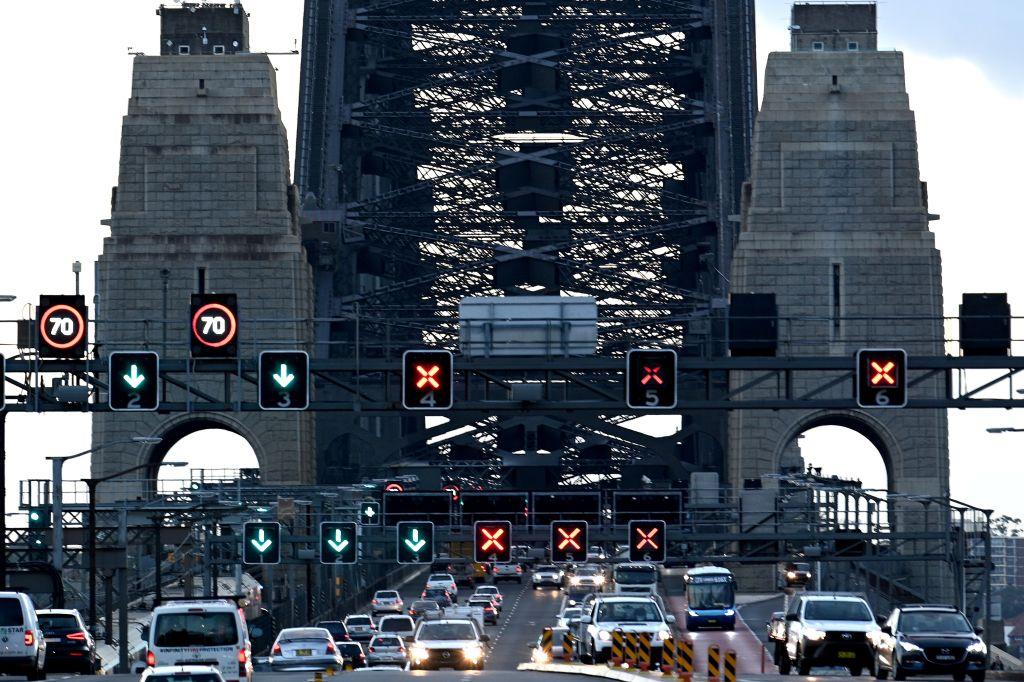An extra $33 billion (US$21 billion) will go towards the pension and other welfare payments in the Australian federal budget, with inflation largely responsible for growing welfare costs.
Labor party Treasurer Jim Chalmers said the government needed to find billions in extra funding because welfare payments are pegged to inflation.
“One of the pressures on the budget is making sure we can find room for that indexation so that people who are on pensions and payments get a little bit of help twice a year to try and keep up with the skyrocketing cost of living,” Chalmers told ABC News.
He said about a third of the additional $33 billion would go to the aged pension and another third to JobSeeker payments.
The Albanese government is delivering its first budget against a backdrop of soaring inflation that’s expected to peak at 7.75 percent.
The latest round of floods are predicted to keep inflation higher for longer by driving up the costs of produce.
Labor party Prime Minister Anthony Albanese said high inflation was leading to the fastest and most continuous tightening of monetary policy in decades.
He said this was putting real pressure on households but the budget would need to stick to modest, targeted cost of living relief that would not drive inflation higher.
“The right response to that in the budget on Tuesday night is a budget that’s responsible, a budget that does not add to inflationary pressure,” he told reporters in Perth.
Shadow treasurer Angus Taylor said the government was giving up on managing cost of living pressures.
“They’re saying they’re going to shed 150,000 jobs, they seem to be giving up on real wage increases in this election cycle,” he told ABC News.
“That’s incredibly disappointing,” he said.
The Albanese government has also released details about its “family-friendly” budget, which includes a plan to extend the paid parental leave scheme from 20 to 26 weeks.
As well, new rules will open up the Commonwealth’s extended parental pay scheme to more families.
Starting from July next year, parents hoping to access the scheme will be assessed on a dual income basis, with $350,000 (US$222,500) the combined cut off.
Parents have previously been assessed on their individual incomes.
At the last election, the previous Coalition government also promised to change the income thresholds.
Under the Albanese government’s new scheme, parents will be able to take their leave at the same time and the rules will be tweaked to make it easier for parents whose partners’ don’t meet residency requirements to access the scheme.
The changes are expected to benefit more than 180,000 families nationally.
The government will invest $12.4 million (US$7.9 million) into playgroups and toy libraries as part of its budget support for families.
Labor has also promised to boost Commonwealth childcare subsidies for most families.
On Sunday, the government committed $50 million (US$31.8 million)to modernise a zinc smelter in Hobart and another $50 million to fund an Aboriginal Cultural Centre in Western Australia in partnership with the state government.





